|
What to do: Morning and afternoon game drives which are not restricted to park roads; Bush walks – highly recommended, these need to be pre-arranged and are an alternative to a morning game drive; Village tours – by prior arrangement guests can visit the Makuleke community with your local guide; Crooks Corner – the meeting of the 3 countries was a haven for law-dodgers and you can visit this bushy wedge of land along with the spectacular Lanner Gorge during game drive. Thulamela ruins – the walled city, once home to a peaceful tribe 600 years ago can be visited on a morning tour (sadly this is still inaccessible due to the 2013 floods).
Wow factor: The endless views from the lodge and your suite – miles and miles of expansive wilderness which you feel intrinsically a part of.
Hmmm…Although they’re private and the screens do come down, some may feel too exposed or overwhelmed by the openness. The open balconies and lack of fences don’t make for child friendliness either and even though kids are accepted from 10 years up, families need to be aware there are no TV’s and limited Wi-Fi in the central areas only. Game viewing is also an ‘organic’ process, not assisted by a network of radios and headsets as in the private reserves down south, so don’t expect the Big 5 on a platter.
When to go: There is no bad time to visit the area, although the summer months (November – March) are notoriously hot and humid and do bring the summer rains. The winter months (May – September) are generally best for game viewing with warm days and chilly nights (more noticeable with the open-air design of the lodge).
How to sell: This is a solid 4* property, unpretentious and suitable for a really wide variety of clients. Food is wholesome although not fine-dining and service is friendly and informal. Although the game viewing in this area is much improved, it’s not ideal as a standalone safari experience, only because its uniqueness is not in chasing after the Big 5. The ideal combo would be as a longer self-drive combining the northern Limpopo (Mashatu; Mapungubwe and Tzaneen) with the Timbavati/Hoedspruit area as a circuit or the more expensive fly-in option doing a combination with a Timbavati or Sabi Sands lodge.
Insider Tips: Combine with another Seasons in Africa Lodge (Kings Camp; Leopard Hills; Madikwe Hills or Tuningi) and receive a free night on stays of 5 nights or more, or 2 free nights on stays of 8 nights.
|
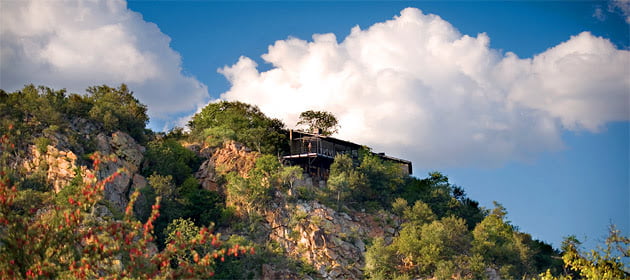
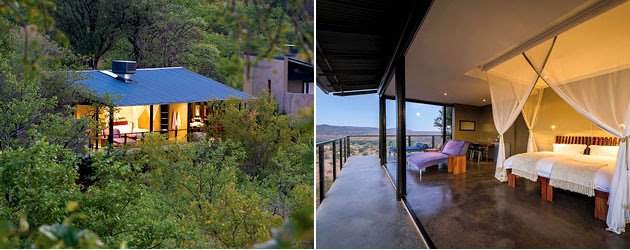
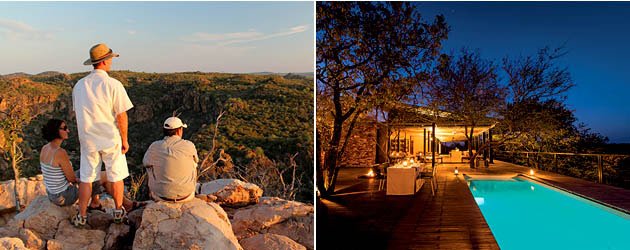
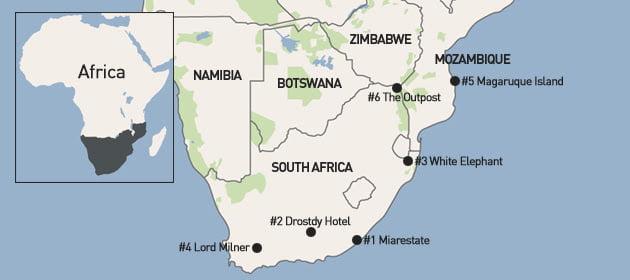


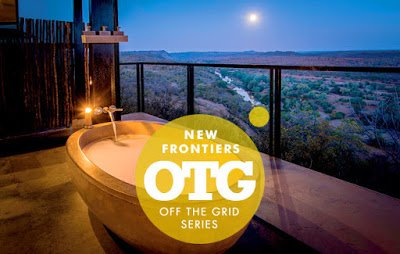
Leave A Comment
You must be logged in to post a comment.